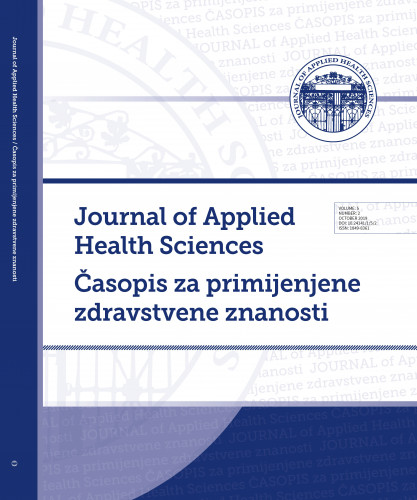U ovom radu sistematizirane su i opisane metode procjene tjelesne aktivnosti koje se najčešće primjenjuju u istraživanjima namijenjenima osobama starije životne dobi. Prije procjene razine tjelesne aktivnosti kod osoba starije životne dobi važno je provesti antropometrijska mjerenja te procjenu funkcionalnog statusa. Upitnici za procjenu tjelesne aktivnosti učestalo se primjenjuju, i to najčešće radi rasterećenja administracije, nižih troškova provedbe istraživanja, kao i mogućnosti obrade kvantitativnih i kvalitativnih podataka, dok je glavni nedostatak problem pouzdanosti i validacije. U novije vrijeme razvijeni su različiti sustavi monitoringa domene tjelesne aktivnosti kod ove populacije. Ova metoda monitoringa uključuje akcelerometre od kojih se najviše upotrebljava Actigraph (GT1M) koji je dostupan široj populaciji. Nedavno je razvijena i nova metoda praćenja, SenseWear Pro 3 trake za ruku (SP3), koja ne samo da inkorporira akcelerometriju u proračune potrošnje energije nego bilježi i fluks topline, galvanski otpor kože, temperaturu kože i približnu temperaturu tijela putem niza senzora koji su locirani na uređaju. DLW, tehnika uporabe vode obilježene stabilnim izotopima vodika i kisika naziva se „zlatnom normom” kao najpreciznija metoda za procjenu prosječnog utroška energije tijekom određenog perioda.; This paper systematizes and describes the methods of assessment of physical activity that are most commonly used in research intended for elderly people. Before the assessment of the level of physical activity it is important to conduct the anthropometric measurements and to evaluate the functional status of the examinees. Questionnaires on physical activity are often used for these estimates for many reasons, such as administration disburdening, lower costs for research implementation, and the ability to process quantitative and qualitative data while the main disadvantages when using the questionnaire are reliability and validation issues. More recently there have been developed various systems for monitoring the domain of physical activity in this population. This method includes accelerometers, of which the most widely used is Actigraph (GT1M), and is available to wider population. Recently, there has also been developed a new method of tracking, the SenseWear Pro 3 arm bands (SP3), which not only incorporate the accelerometer into energy consumption calculations, but also record heat flux, galvanic skin resistance, skin temperature, and approximate body temperature through a series of sensors that are located on the device. DLW technical usage of water marked with the stable isotopes of hydrogen and oxygen is a “gold standard” and the most accurate method for assessing average energy expenditure over a period of time.
Sažetak

 Journal of applied health sciences : Časopis za primijenjene zdravstvene znanosti : 5,2(2019) / glavni urednik Aleksandar Racz
Journal of applied health sciences : Časopis za primijenjene zdravstvene znanosti : 5,2(2019) / glavni urednik Aleksandar Racz